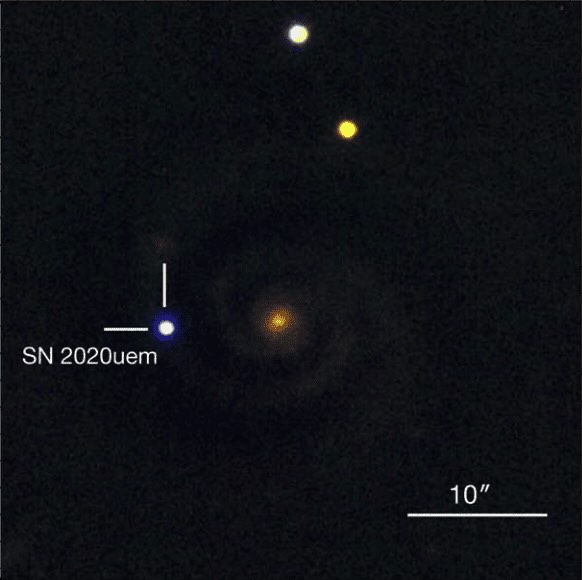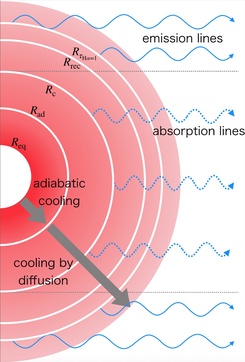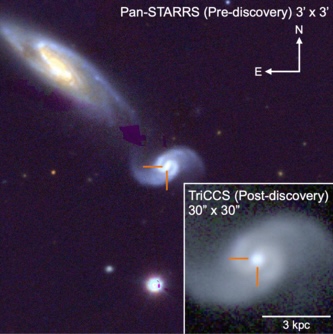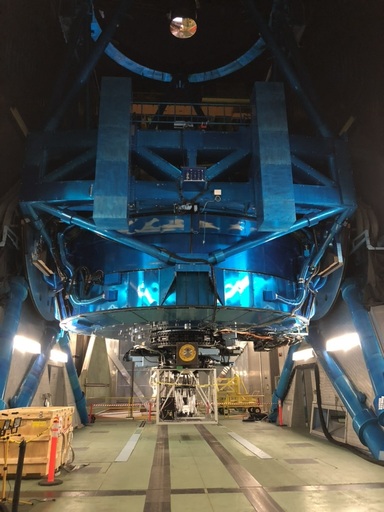Research Interests
The Universe has a hierarchical structure, with galaxies and the cosmic web at larger scales and stars at smaller scales.
Stars are the most fundamental unit of the Universe.
They are not only the factories synthesizing elements, but also the engines driving material cycles through stellar-related explosive phenomena, known as astronomical transients.
These transient events, which play a key role in determining the nature of the Universe, have been a important target of astronomy and astrophysics since the 1970s.
However, they still remains a long-standing puzzle in astronomy/astrophysics today.
Astronomical transients are characterized by their luminous and short-timescales properties.
Until the 2000s, most known transients had relatively long timescales, such as supernovae and novae.
However, powerful time-domain surveys started in the 2010s led to a dramatic increase in the number of transient discoveries.
These surveys revealed a greater diversity among transients than previously expected, uncovering rare and new populations.
These discoveries have provided crucial insights into stellar evolution, challenging and reshaping classical understanding established from the 1970s.
Looking ahead to the 2020s, the Vera C. Rubin Observatory's Legacy Survey of Space and Time (LSST) strongly push the frontiers of transient astronomy.
In this data-rich and dynamic era, it is essential to review well-established classical transients and uncover the hidden characteristics of newly identified populations.
In my research, I aim to deepen our understanding of the diverse nature of transients and their implications for the Universe.

-
Supernovae
When a star reaches the endpoint of its evolution, it explodes by thermonuclear runaway or gravitational collapse, resulting in a supernova.
At this time, it becomes so brightly that we can observe them even if they occur outside the Milky Way.
With the observational data and theoretical calculations for the physical processes of the explosion, I am approaching the nature of supernovae and the final stage of stellar evolution, which still remains unclear.
Related Papers:
Uno, Maeda, Nagao et al. 2023 /
Uno, Nagao, Maeda et al. 2023
-
Fast Blue Optical Transients
FBOTs are peculiar transients, which show rapid rising and decay with high luminosity.
The time scale is much shorter than that of a supernova.
Besides the peak luminosity is roughly 100 times brighter than that of a supernova.
I suspect that FBOTs are originating from different physical mechanisms than supernovae.
I am very interested in the enigmatic phenomena and it is one of our main research topics.
Related Papers:
Uno & Maeda 2020a /
Uno & Maeda 2023


-
Tidal Disruption Events
When a star approaches close to a supermassive black hole, the star is destroyed due to the too strong gravity of the black hole.
This phenomenon is known as a TDE. In the classical picture, TDEs are bright in X-rays.
However, some new-generation survey observations have discovered TDEs that are bright in the optical/ultraviolet (UV) wavelengths.
The radiation mechanisms of optical/UV-bright TDEs are intensively under discussion, but it is still unknown.
I am trying to explore the origin of optical/UV-bright TDEs.
Related Papers:
Uno & Maeda 2020b
-
Approaches
To reveal the nature of these transients, we use both theoretical and observational approaches.
In theoretical studies, I have been performing order estimates and numerical simulations.
I plan to work on radiation-hydrodynamics calculations in the future.
On the other hand, in observational studies, I use the Seimei 3.8m telescope (Kyoto University), the Kanata 1.5m telescope (Hiroshima University), and the Subaru 8m telescope.
I try to perform rapid follow-up observations for the enigmatic transients and to get closer to the origin of the object.





